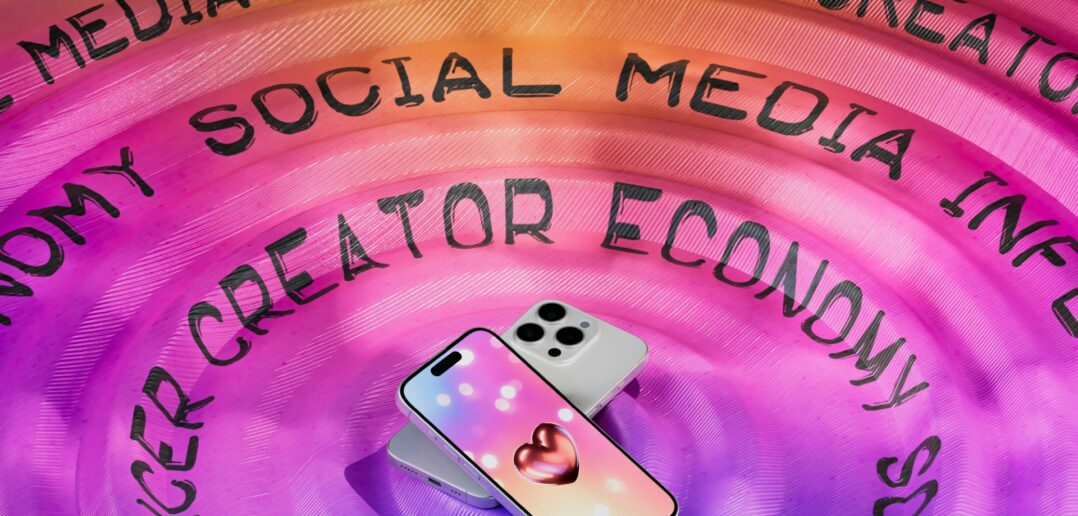“Don’t build on borrowed land.”
That line, often repeated in creator circles, might sound far from television. Yet it captures a mindset shift the TV industry can’t afford to ignore. Today’s most successful creators aren’t just making videos; they’re building flywheels, which are systems of audience growth, multiple revenue streams, and platform independence that look a lot like mini-media companies.
The Data Behind the Flywheel
The data tells the story. Kajabi’s State of Creator Commerce 2025 shows that creators earning around $100,000 a year manage five revenue streams, while those earning $150,000 juggle seven. That can include advertising, affiliate marketing, newsletters, courses, physical products, merchandise, even live events. The principle is simple: the more ways you monetise, the stronger and more resilient the business.
This is not unlike what TV producers have done for decades: syndication, licensing, international sales, format rights, merchandising. But creators are doing it at an individual level and often with sharper direct-to-consumer feedback loops.
Lessons from GYST
When I spoke with Mel Tsiaprazis and Rodrigo Abdalla from GYST, they stressed the shift from content creation as an accident of virality to content creation as a business by design. “The original wave of creators turned into businesspeople almost by accident after going viral,” Abdalla explained. “The upcoming generation is flipping that: they see content creation as a business from the start and are more conscious of the steps for success.”
GYST positions itself as an AI-powered revenue optimisation platform, pulling data from YouTube, TikTok, Instagram, Twitch, Patreon, newsletters, and brand deals into a single dashboard. The aim is to help creators treat their content as a business intelligence system. As they put it: “Creators get obsessed with follower growth and engagement rates while their actual revenue stagnates or declines. The creators who scale successfully treat their content as a business intelligence system: every post is a data point that informs their next business decision.”
A Playbook for Television
That obsession with infrastructure and data is something TV could learn from leading creators. Tsiaprazis calls it the “dividing line between good and great creators”: using conversion, retention, and lifetime value metrics to guide both content and monetisation. For television, where ratings and demos have long dominated, the creator flywheel suggests a more holistic way to value audience relationships.
The wider industry data backs this up. The creator economy now counts 207 million participants worldwide and is projected to grow from $127B to over $500B by 2030 (DemandSage). In Europe, however, only 28% of creators work full-time, and gender pay gaps remain significant (Kolsquare). These figures mirror challenges familiar to smaller TV markets: fragmented revenues, talent drain, and uneven sustainability.
From Content to Ecosystems
For TV producers, the lesson isn’t to copy creators but to adopt the mindset. Imagine developing a show not just for ratings, but as the hub of an ecosystem: a programme that drives subscribers to a newsletter, spins off merchandise, sells live experiences, and nurtures a community long after the broadcast window closes.
Phil Ranta, who recently launched Stealth Talent, sees this clearly: the most forward-thinking creators are shifting from “influencers for hire” to entrepreneurs building companies. That mindset – treating each project as the seed of a flywheel – could be the bridge between creator economy agility and television’s storytelling depth.
The takeaway for producers? Think beyond the broadcast window. Own the audience relationship, diversify revenue beyond advertising, and use data as an engine, not just a report card. The creator flywheel isn’t replacing TV, but it is showing the industry how to future-proof its business models – one spin at a time.
The Creator Economy is also a key focus at this year’s MIPCOM, reflecting its growing impact on the global content and entertainment industry.




